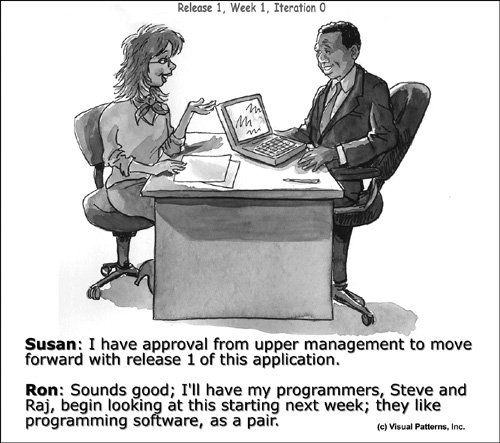Chapter 1. Introduction to Agile Java Development
1. Introduction to Agile Java Development WHEN JAVA DEVELOPMENT KIT (JDK) v1.0 was released in January 1996, it was a fairly straightforward application programming interface (API). Over the years, Java has matured into a full-blown platform. From JDK 1.0 to JDK 1.5, we have been introduced to many new features, such as the Java Collections Framework, logging API, auto-boxing, generics, and more. Although most of these are useful, Java has also become more complex, especially after the advent of the Java Platform Enterprise Edition (JEE). JEE introduced such concepts as Enterprise JavaBeans (EJB), which sought to simplify vendor-portable, enterprise-level distributed computing, but instead, it introduced unnecessary complexities for 80% of the applications out there. Nowadays, it is not uncommon for many people to think of Java/JEE as being a big and heavy technology. Well, for starters, this couldn't be further from the truth, and second, let's see if we can change this perspective in this book. In the past few years, many open source frameworks have sprung up to solve some of the problems created by JEE. This book covers some of these open source frameworks (for example, Spring and Hibernate) as well as open source tools (such as Ant and Eclipse), which provide a comprehensive, effective, and elegant solution that can either be viewed as complementary or as a complete alternative to JEE, depending on how you apply these technologies for your specific needs. In addition, nimble software development processes such as Extreme Programming (XP) and Agile Model Driven Development (AMDD) can assist in accelerating the project delivery. Software development is about people, processes, and technology (and probably in that order of priority). The people are the stakeholders, the customer we build software for. In this book, I will cover the process and technology parts. You will learn how to leverage these tools and technologies to rapidly develop end-to-end applications using Java, from the client tier to the data tier, and more. Along the way, you should see many of the benefits resulting from using these tools and technologiesfor example, simplicity and speed of development. Before we begin, if you have not read the preface, I would recommend at least glancing through it because it provides some foundation for the goals of this book and the way it is organized, and includes some reasons why I wrote this book. |
EAN: 2147483647
Pages: 219
